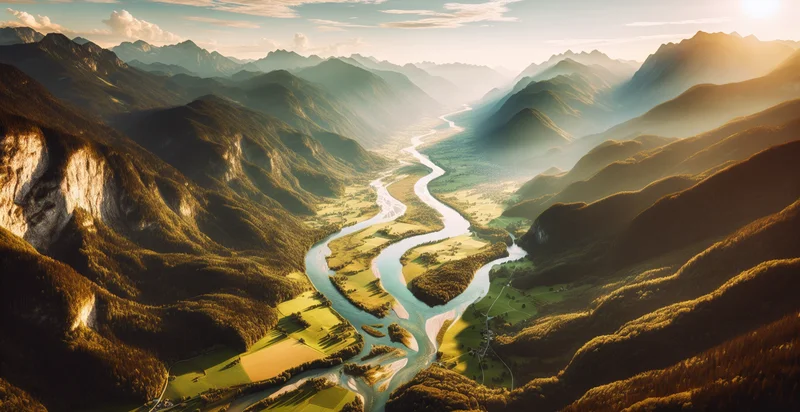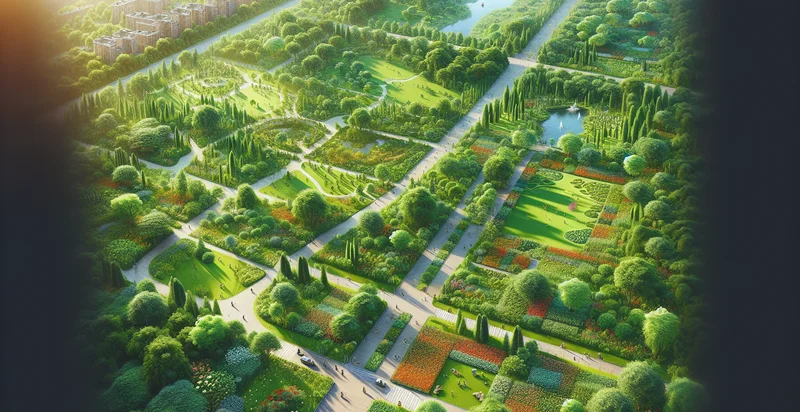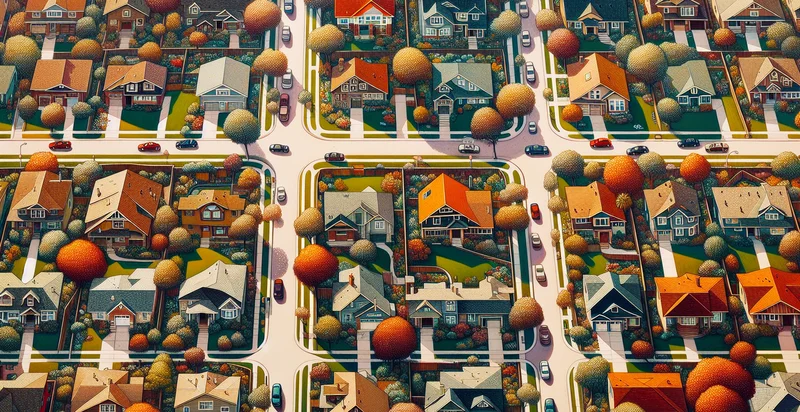Identify aerial views of valleys
using AI
Below is a free classifier to identify aerial views of valleys. Just upload your image, and our AI will predict if the aerial view shows a valley or not - in just seconds.

Contact us for API access
Or, use Nyckel to build highly-accurate custom classifiers in just minutes. No PhD required.
Get started
import nyckel
credentials = nyckel.Credentials("YOUR_CLIENT_ID", "YOUR_CLIENT_SECRET")
nyckel.invoke("aerial-views-of-valleys", "your_image_url", credentials)
fetch('https://www.nyckel.com/v1/functions/aerial-views-of-valleys/invoke', {
method: 'POST',
headers: {
'Authorization': 'Bearer ' + 'YOUR_BEARER_TOKEN',
'Content-Type': 'application/json',
},
body: JSON.stringify(
{"data": "your_image_url"}
)
})
.then(response => response.json())
.then(data => console.log(data));
curl -X POST \
-H "Content-Type: application/json" \
-H "Authorization: Bearer YOUR_BEARER_TOKEN" \
-d '{"data": "your_image_url"}' \
https://www.nyckel.com/v1/functions/aerial-views-of-valleys/invoke
How this classifier works
To start, upload your image. Our AI tool will then predict if the aerial view shows a valley or not.
This pretrained image model uses a Nyckel-created dataset and has 2 labels, including Mountain Valleys and River Valleys.
We'll also show a confidence score (the higher the number, the more confident the AI model is around if the aerial view shows a valley or not).
Whether you're just curious or building aerial views of valleys detection into your application, we hope our classifier proves helpful.
Related Classifiers
Need to identify aerial views of valleys at scale?
Get API or Zapier access to this classifier for free. It's perfect for:
- Environmental Monitoring: This function can be used to identify and classify aerial views of valleys for environmental research. By monitoring changes in land use or vegetation patterns, environmental scientists can assess ecosystem health and devise conservation strategies.
- Agricultural Assessment: Farmers and agronomists can utilize this classification to analyze valley regions for crop health and yield potential. By examining aerial imagery, they can make informed decisions about resource allocation and crop management based on the fertility of valley soils.
- Urban Planning: City planners can leverage the identification of valleys in aerial imagery to inform zoning and development decisions. Understanding the geographical features of an area allows for optimized infrastructure placement and effective risk management for flooding or landslides.
- Tourism Development: This function can help tourism boards identify picturesque valleys for potential development of parks, trails, and viewpoints. By focusing on scenic locations accessible from aerial views, they can enhance tourism and local economies.
- Disaster Management: By identifying and monitoring valleys in aerial views, emergency responders can plan for natural disasters such as floods or landslides. This information can be crucial for risk assessment and developing evacuation routes or emergency services placement.
- Wildlife Habitat Protection: Environmental organizations can use this function to track and classify valley areas that serve as critical habitats for wildlife. By understanding which valleys support diverse species, conservation efforts can be directed towards protecting these areas from development.
- Geological Surveys: Geologists can utilize the identification of valleys to study sediment deposits and landform evolution over time. By analyzing aerial imagery, they can gain insights into geological processes and resource distribution in valley regions.


